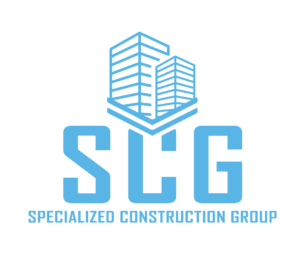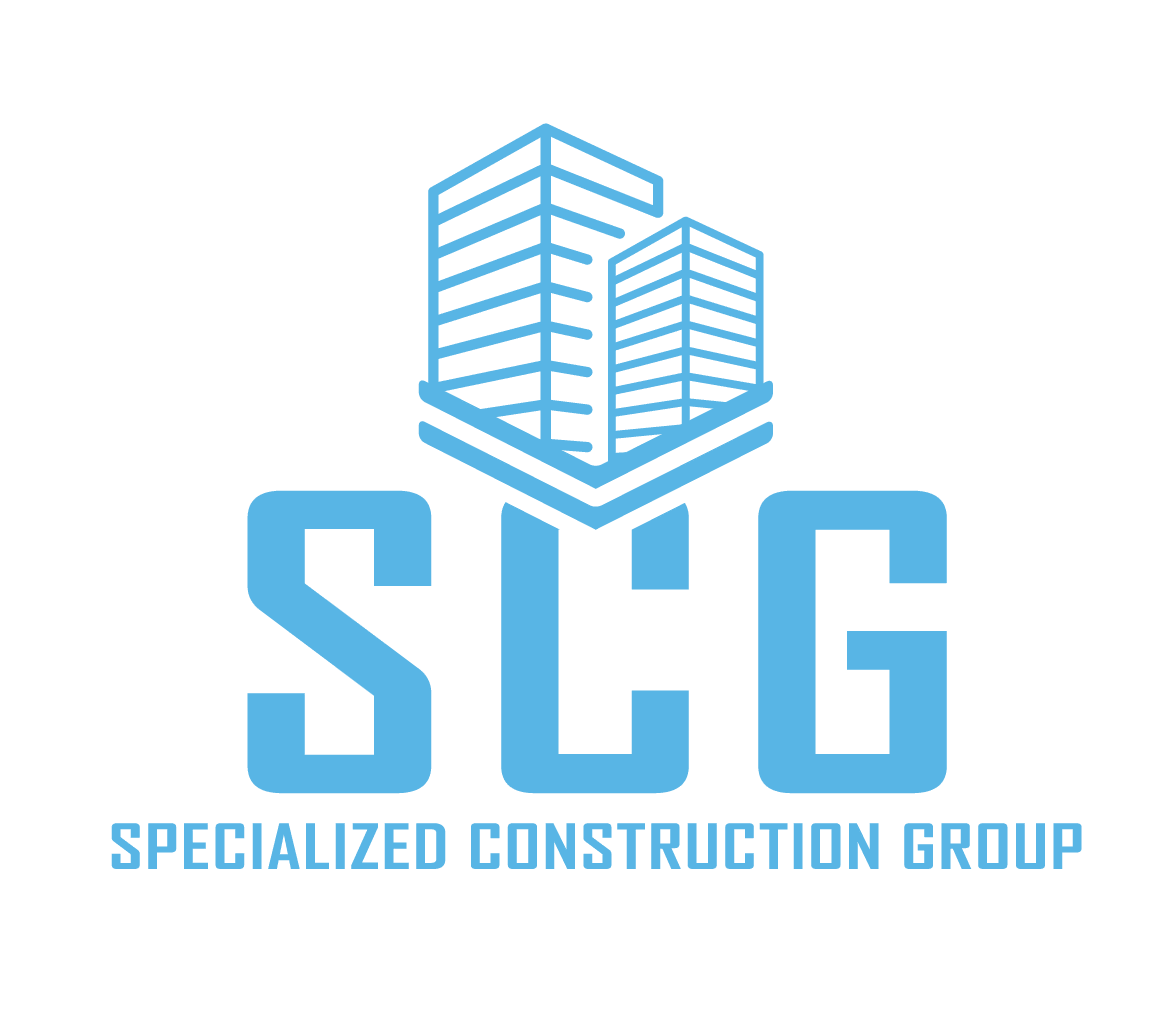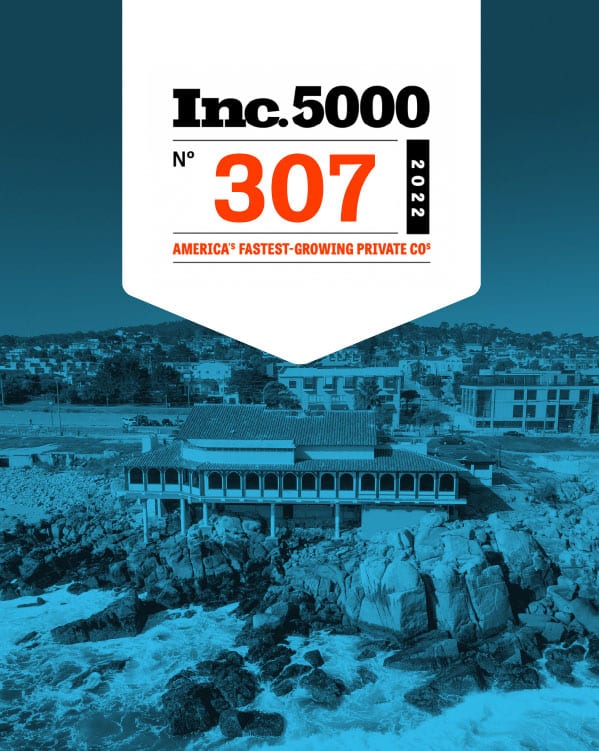Build to Suit
Tailored builds that suit your specific needs
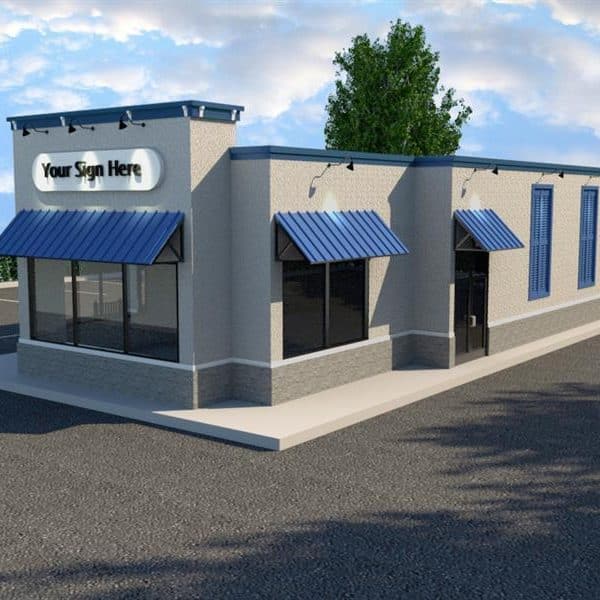
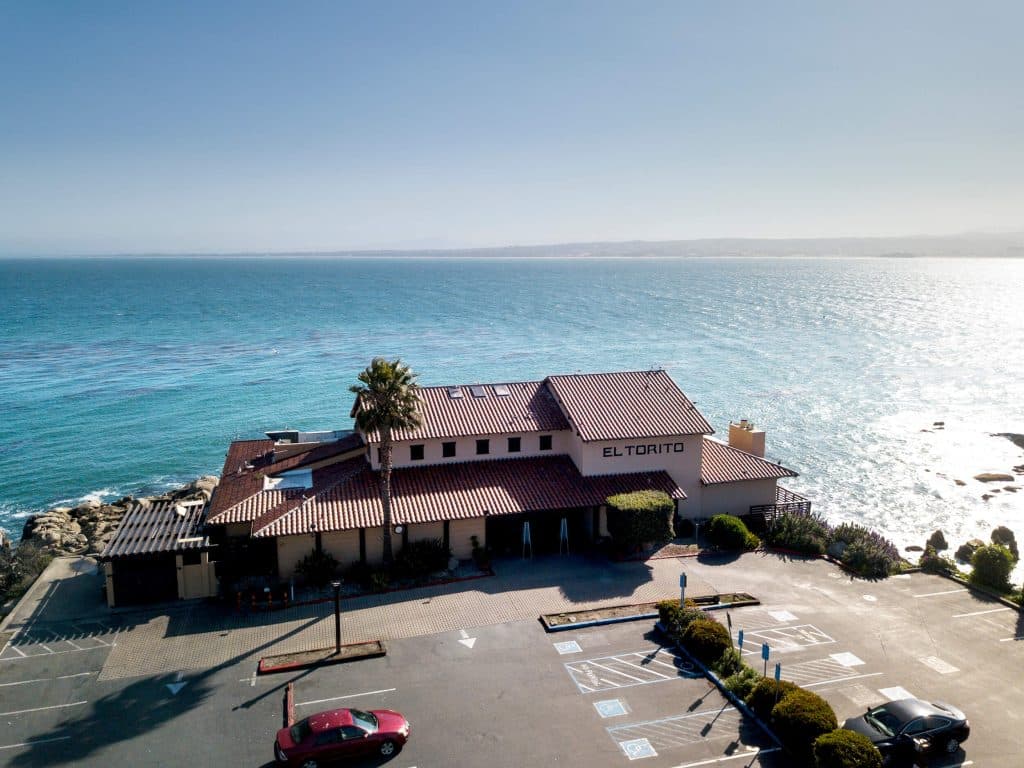
The Build-to-Suit and the Design-Build process are similar. The difference is a Build-to-Suit, commencing at the completion of construction, is leased for a predetermined period. This allows a company to preserve its capital for business operations, rather than real estate investment. Additionally, this approach also provides term flexibility to a company. The Build-to-Suit and Design-Build process is a seamless, turnkey, single contract for services, method of building delivery. From conception through completion, historically, this method of construction has proven to reduce both project cost and completion time.
Developing build to suit properties involves working directly with the client to fully meet the functional, ascetic, and corporate criteria. As a full-service Build-to-Suit developer, our site selection, design, and construction teams will use the collective knowledge, experience, and proven process to ensure the ultimate success of the development.
Specifically design each space to your advantage
The main advantages are a customized building, newly built, and specifically designed for the business with a pre-negotiated rental constant and locked in place for many years.
However, depending on a tenant’s business approach, the longer-term lease may be a drawback as it requires a client to commit as a tenant for longer period. The client must be able to accurately forecast future growth to ensure the BTS will meet long-term needs.
More so, one of the major hurdles in build to suit development is the upfront costs of construction which requires the client and soon to be tenant to have excellent credit to obtain financing. The lender will want to know that the company that signed the lease will be sufficient for rent for the entire term.
Types of build-to-suit
Build to suit developments are considered the most sought after and universally beneficial project delivery methods in the commercial real estate industry. Although there are many moving parts that must come together for a build to suit to come to fruition when completed, they are truly an ‘everyone wins’ situation. Our goal is to always make sure we deliver the best solutions for our clients on every project- turning their vision into a reality!
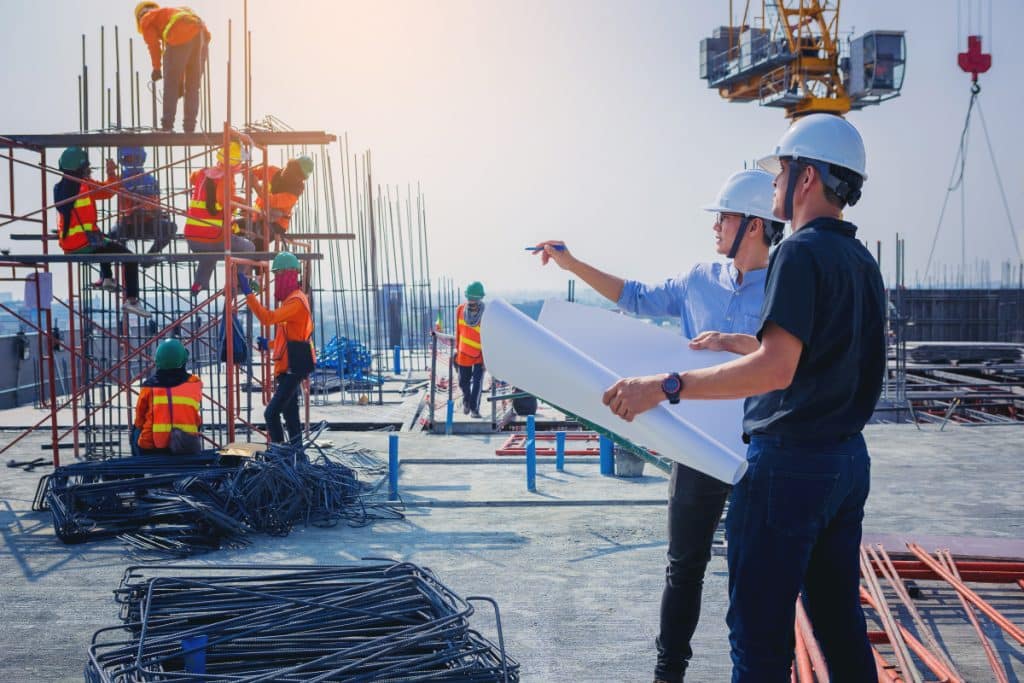

Traditional
Purchasing
Costs & lease structure
There are a number of factors that determine the specific costs of a build to suit project. They may include:
- Credit Rating
- Length of Lease
- Entitlement Requirements
- Program Standards
- Size
- Specific Improvements
- Site Location
- Current State of Market
Typically, the specific requirements of the tenant will play a significant role in establishing the cost of the project and based on the costs, the rental rate (rent constant) is established. The overall project and rent will need to make sense for all parties involved. Once the cost is established the development terms are agreed upon and the project begins.
Most build to suit projects tend to be net leases, where the occupant is responsible for the operating and management costs of the property. A longer-term lease generally allows the developer to achieve more favorable financing, translating into a reduction in rent constant.
Industry insights
We turn your vision
into a reality
Let SCG handle the complexities of your project, from site evaluation to design and construction.
